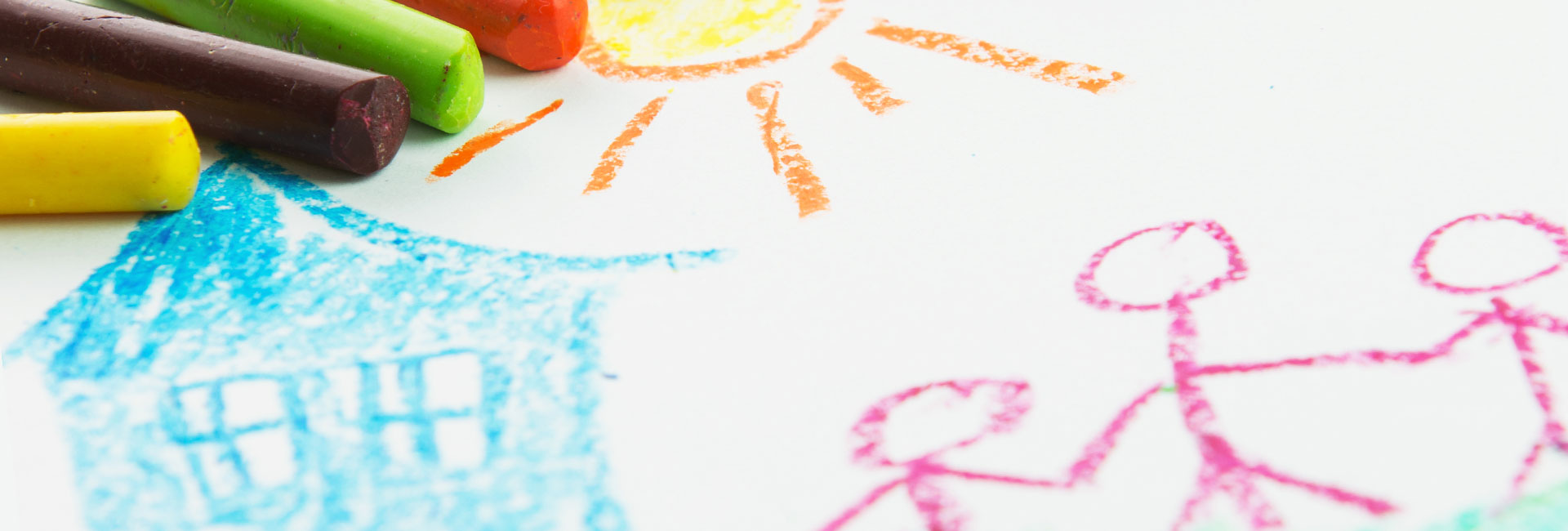There have been many studies into what makes a good and stable Fostering Placement.
Some of key factors which have been outlined from these studies include:
From a child or young person’s perspective:
As a small and independent Fostering Service, we are very clear about making long-term stable fostering placements which benefit not only the child or young person in our care, but provide the rewards and satisfaction of a successful placement for all our foster carers.
We use a unique Positive Outcomes Framework. This involves completing detailed questionnaires within two months of a foster placement and then every four months thereafter. It includes all five areas from ‘Every Child Matters: health, education, social, personal and family dimensions. It helps us to identify individual needs in each area and work collaboratively to set achievable targets and ensure progress.


